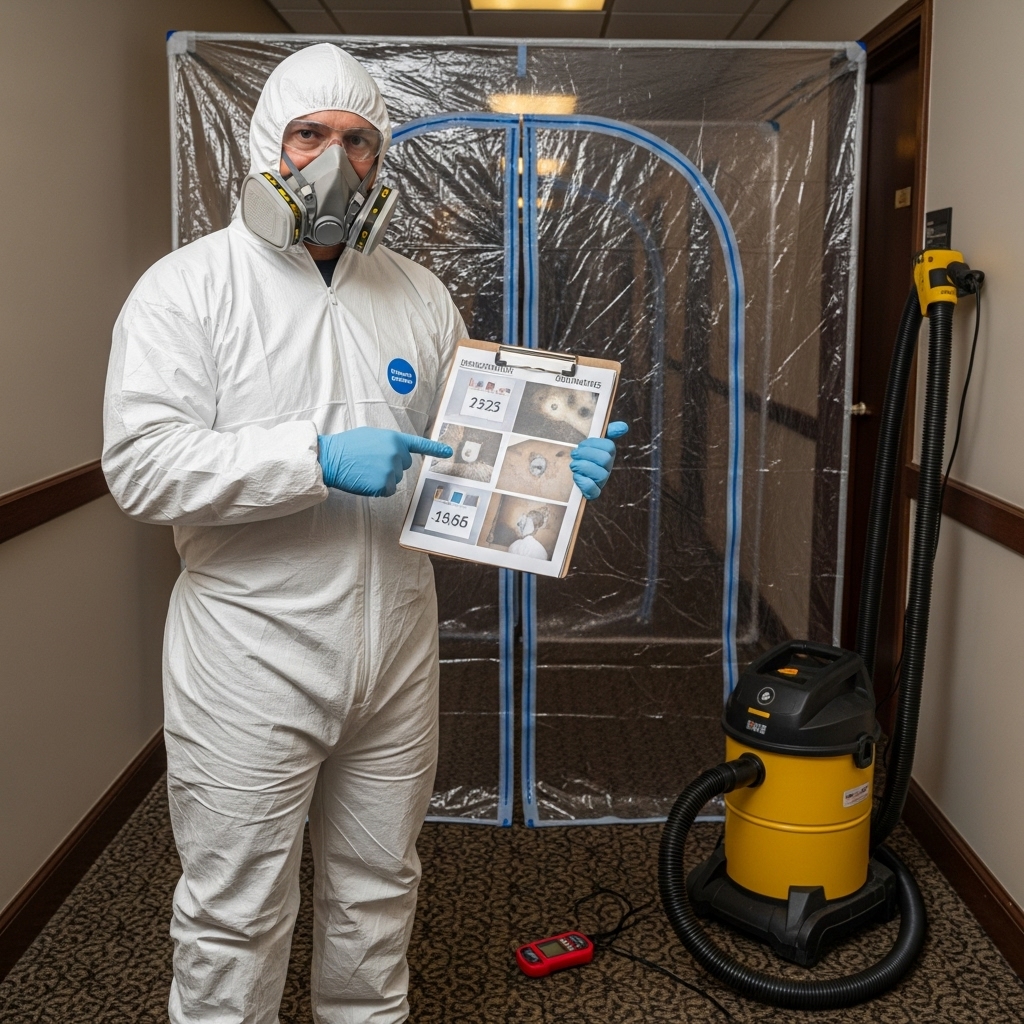Understanding what influences the price of mold remediation in Bloomfield, New Jersey helps you evaluate estimates and choose a provider that delivers lasting results. While this guide does not discuss specific dollar amounts, it explains the factors that drive pricing and what a professional scope of work should include. If you are collecting proposals, it can be helpful to speak with a local expert in mold removal to learn how a thorough plan is built from inspection to verification.
Remediation costs reflect labor, materials, equipment, time, and the complexity of managing moisture and contamination safely. The goal is not just to clean visible growth but to protect clean areas, remove unsalvageable materials, restore a healthy indoor environment, and prevent recurrence.
Key factors that influence remediation pricing
- Scope and size: Larger affected areas require more containment, removal, cleaning, and drying time.
- Material types: Porous materials like drywall and insulation often need removal if heavily impacted, while non-porous surfaces can be cleaned.
- Accessibility: Tight spaces, high ceilings, or confined areas can increase labor time and require specialized equipment.
- Moisture source complexity: Easy-to-fix drips differ from hidden leaks or chronic humidity problems that demand diagnostic work.
- Containment requirements: Multi-room or multi-level containment, negative pressure, and HEPA filtration affect setup and monitoring.
- Drying needs: The level of saturation and structural drying requirements influence equipment runtime and monitoring visits.
- Disposal and protection: Safe handling, bagging, and protection of adjacent areas add to overall labor.
What a professional estimate should include
Clear estimates reduce surprises. Look for the following components in any proposal you receive:
- Inspection findings: Photos, moisture readings, and a description of visible growth and water pathways.
- Containment plan: Barrier locations, access points, and negative air setup with HEPA filtration.
- Removal plan: Which materials will be removed versus cleaned, and the criteria for those decisions.
- Cleaning details: HEPA vacuuming, wet wiping procedures, and product categories used for surfaces.
- Drying strategy: Equipment types and monitoring approach to reach safe moisture levels.
- Verification: The method for confirming cleanliness and dryness before re-occupancy.
- Schedule: Expected duration for each phase, including setup, removal, cleaning, drying, and verification.
Variables specific to Bloomfield homes
Local housing features can affect complexity. Finished basements are common and often require careful containment to protect living areas. Older homes may have plaster and lath walls or unique trim details that demand additional labor for selective removal and repair. Seasonal humidity swings make dehumidification and ventilation planning especially important for long-term success.
Comparing multiple bids
When you compare proposals, look beyond the bottom line. Study containment details, demolition criteria, and the thoroughness of the drying plan. A clear, comprehensive scope helps ensure the work addresses both immediate cleanup and future prevention. If you want to benchmark a prospective plan, discuss it with a provider experienced in professional mold removal and ask them to explain how each step manages risk and supports a durable outcome.
Insurance and documentation
Whether a loss is covered depends on the policy and the cause. Sudden and accidental water damage is treated differently than long-term maintenance issues. Regardless of coverage, thorough documentation—photos, moisture readings, and a written scope—supports claims and provides a valuable record of the work completed.
Timeline and scheduling considerations
Scheduling depends on availability, the size of the project, and how quickly containment and drying can be set up. Some homes can remain occupied during remediation if containment isolates work zones effectively; others may require temporary adjustments to normal routines. A detailed schedule keeps everyone aligned and helps you plan around family or business needs.
Value versus shortcuts
Lowest-cost options may skip crucial steps like negative pressure containment, selective demolition of unsalvageable materials, or proper drying. These shortcuts can increase the risk of cross-contamination or lead to recurring issues. A value-focused provider invests in preventing rework by addressing moisture thoroughly and verifying results before closing a project.
Ways homeowners can help control costs without cutting corners
- Act quickly when leaks or odors appear to limit spread and material damage.
- Maintain gutters, downspouts, and grading to keep water away from the foundation.
- Use exhaust fans and dehumidifiers to manage humidity in bathrooms and basements.
- Schedule periodic checks under sinks, around appliances, and near windows for hidden drips.
- Address ventilation or weatherproofing issues before seasonal humidity peaks.
Frequently asked questions
-
Why do estimates vary so much?
Differences often come down to scope, containment methods, demolition criteria, and drying strategies. Make sure you are comparing plans of similar thoroughness.
-
Do I need testing?
Not always. Many projects rely on visible evidence and moisture data to guide remediation. In some cases, independent verification may be recommended as part of project closeout.
-
Will I need to move out?
It depends on the location and extent of the work. Professional containment can allow you to stay in the home during portions of the project, but your provider will advise based on safety and practicality.
-
How long will remediation take?
Duration is influenced by area size, materials involved, and drying time. Detailed schedules in your estimate will help set expectations.
-
What ensures mold will not return?
Addressing the moisture source, maintaining proper humidity, and verifying dryness are the keys to long-term success.
Plan your project with confidence
If you are reviewing proposals in Bloomfield and want clarity on process and outcomes, choose a provider that prioritizes containment, moisture control, and verification at every step. For guidance you can trust and a plan tailored to your property, contact a local specialist for comprehensive mold removal services and move forward with confidence.

